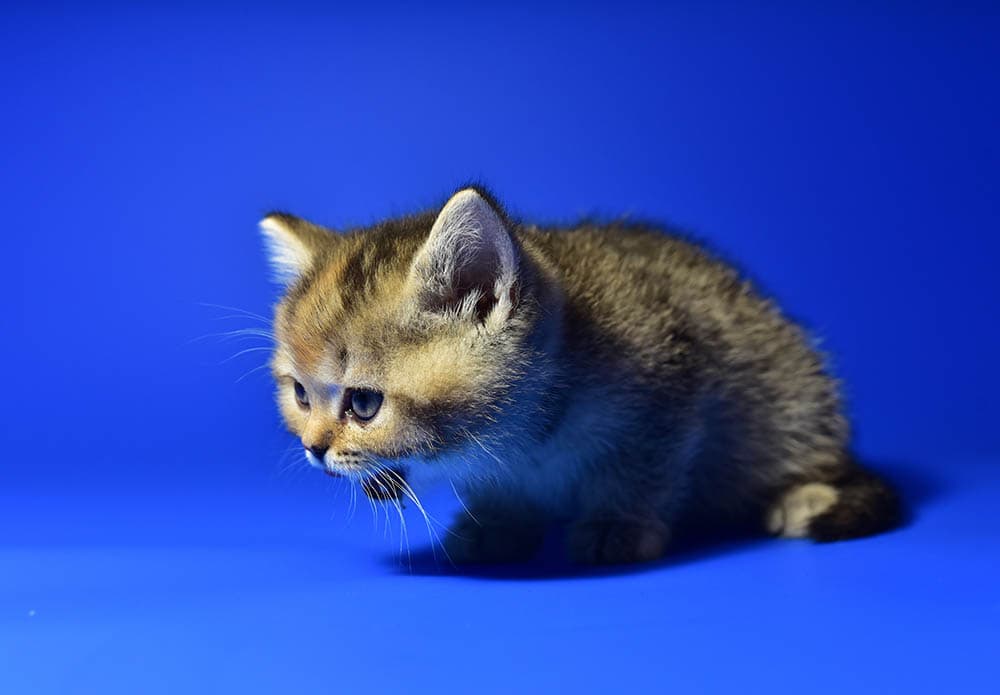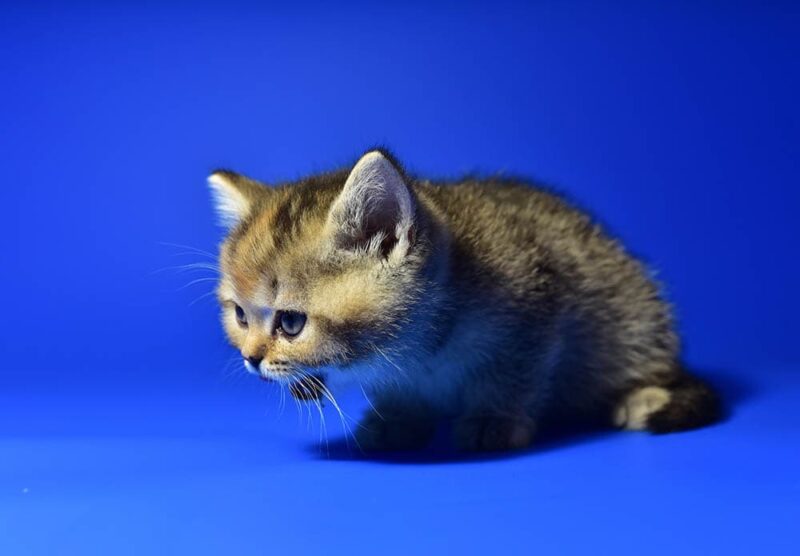Cats get hairballs. If you’re a cat parent, you know this is a fact you can’t get away from. Whether you have a long-haired cat or a short-haired cat, chances are your cat will experience hairballs at some point in their lives. While not serious in most cases, hairballs can become too large for a cat to throw up, which could cause problems. A good hairball control cat food can help with the development of hairballs. However, many pet owners are concerned about the potential side effects of this food.
We’ll talk about the possible side effects below and give you tips for feeding your cat hairball control cat food if that’s the route you choose to take in the last section as well.

The 5 Potential Hairball Cat Food Side Effects
1. Too Much Fiber
Some experts worry about the effects of adding extra fiber to a cat’s diet. However, the fiber added to cat food to control hairballs is pretty significant. In fact, most regular cat foods only have between 1% and 2% fiber content.
However, most hairball control cat foods have as much as 8%, which is quite a bit of a difference. In addition, cats with a higher intake of fiber are prone to developing urinary bladder inflammation and cystitis.
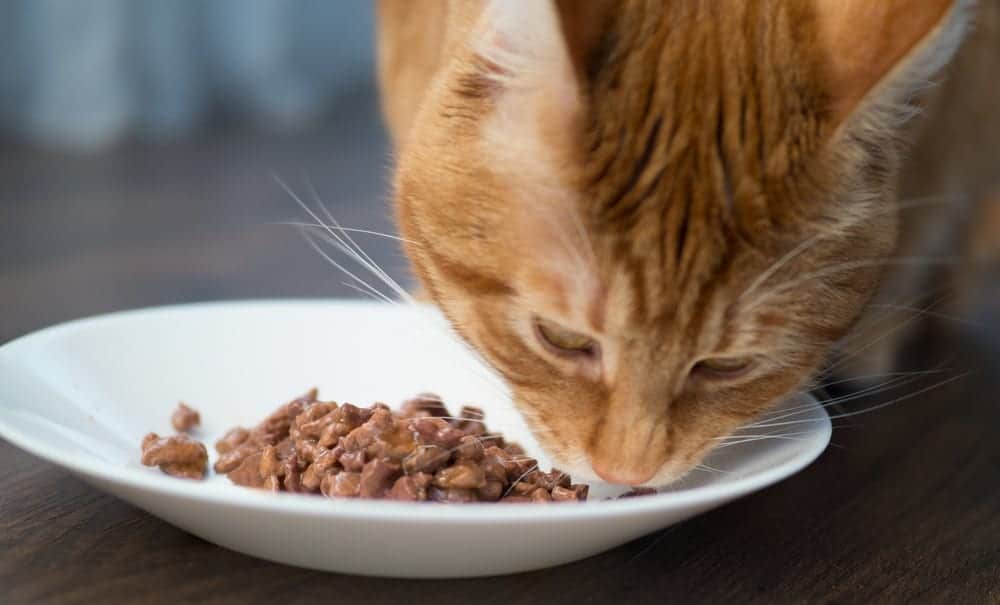
2. Harder to Digest
For hairball control cat food to work against the development of hairballs, many manufacturers add extra vitamins and minerals to the mix. While vitamins and minerals are certainly good for your feline, like everything else, it’s only good for them in moderation.
While the hairballs your cat does get will be much easier and faster to pass due to the hairball control food, the added vitamins and minerals can also make the nutrients from that same food harder for them to absorb.
3. Can Irritate the GI Tract
Another problem with too much fiber in a hairball control cat food is that it can irritate your cat’s GI tract. If you notice any signs of a GI tract infection in your cat when they’re on a hairball control cat food, it’s best to make an appointment with your vet right away.
Signs to watch for include diarrhea, vomiting, bloating, stomach pain, nausea, and weight loss.

If you need to speak with a vet but can’t get to one, head over to PangoVet. It’s an online service where you can talk to a vet online and get the personalized advice you need for your pet — all at an affordable price!
4. Dehydration
Over an extended period, the overabundance of fiber in a hairball control cat food can draw the fluid away from your cat’s intestines. The missing fluid in your cat’s intestines can lead to the cat becoming dehydrated.
The signs of dehydration in cats include fluid loss, sunken eyes, drooling, panting, and dry gums, according to the stage and severity of dehydration being suffered by your cat. If you see any of these signs in your cat, it’s essential to get them to the vet right away for diagnosis and treatment.
5. Cystitis
Cystitis—an inflammation of the bladder—can also be caused by too little fluid due to the high fiber in many hairball control cat foods. This is a very serious and painful condition that no pet parent wants to see their beloved cat go through.
Symptoms of cystitis to look out for include vomiting, frequent trips to the litter box, difficulty urinating, loss of appetite, licking the urinary tract area, bloated stomach, and changes in attitude. It’s essential to get your pet to a vet and treated if you suspect it’s suffering from this condition.
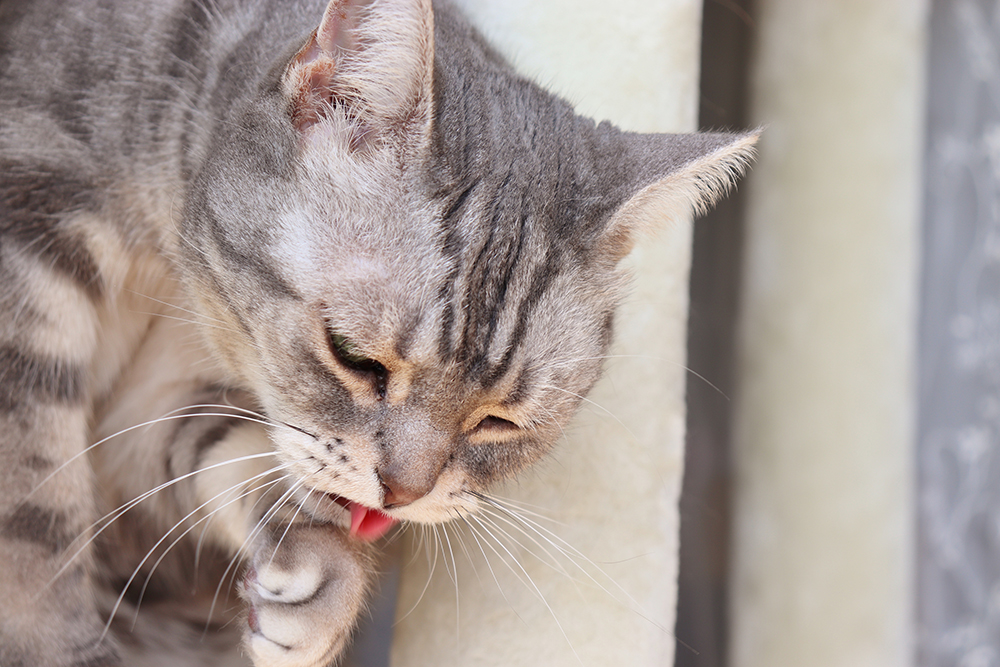

Tips for Feeding Your Cat Hairball Control Cat Food
If you decide to feed your cat hairball control cat food, then there are a few ways you can ensure the cat is safe, even with the high amount of fiber most of these types of cat food contain.
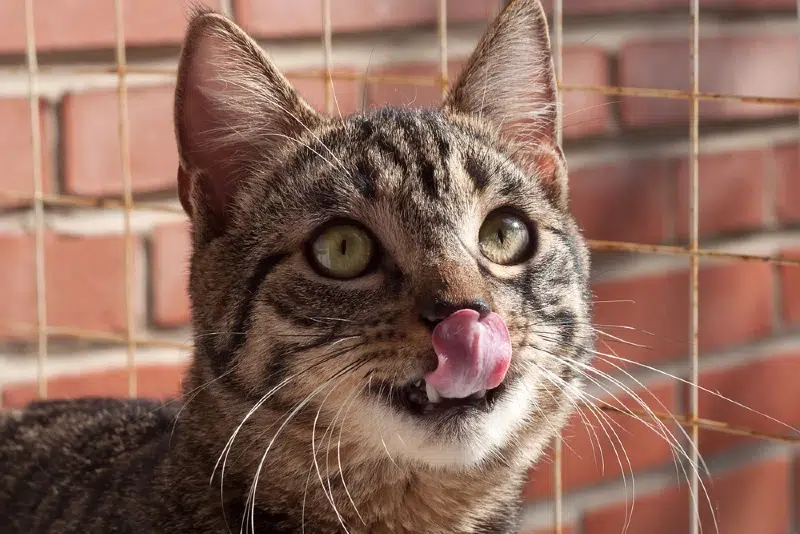
Monitor Your Cat’s Reaction
The best way to determine if your cat is doing okay on this cat food is by monitoring their reaction when they first try the food. For example, if the cat develops diarrhea or constipation, cut back on the amount of food you’re feeding it.
You can also change to a hairball control food that has a lower fiber content percentage. However, if the cat continues to have problems, it’s best to take it to your vet for diagnosis and treatment.
Once your cat feels better, it might be best to keep them on normal cat food instead of a hairball control mix. You can ask your vet what they think during your appointment, and they may be able to make some recommendations for the best food or a different way to control hairballs for your cat as well.
Try a Natural Method
If hairball control cat food isn’t the right choice for you, there are quite a few natural methods out there that you can try. Some methods include grooming your cat more often, wiping your cat down with baby wipes, feeding your cat canned pumpkin, or using hairball supplements.
Whichever method you try, make sure your vet approves it first for the best results.

Conclusion
These are a few of the side effects that have been noticed by pet parents who have fed their cats hairball control cat food. Of course, this isn’t to say that it happens with every cat, but the potential for these side effects is there.
If you’re unsure whether hairball control cat food is the right choice for your feline friend, it’s best to make an appointment and get your vet to help you decide.
Featured Image Credit: Maksim Safaniuk, Shutterstock

